
Will Mazda survive the EV revolution?
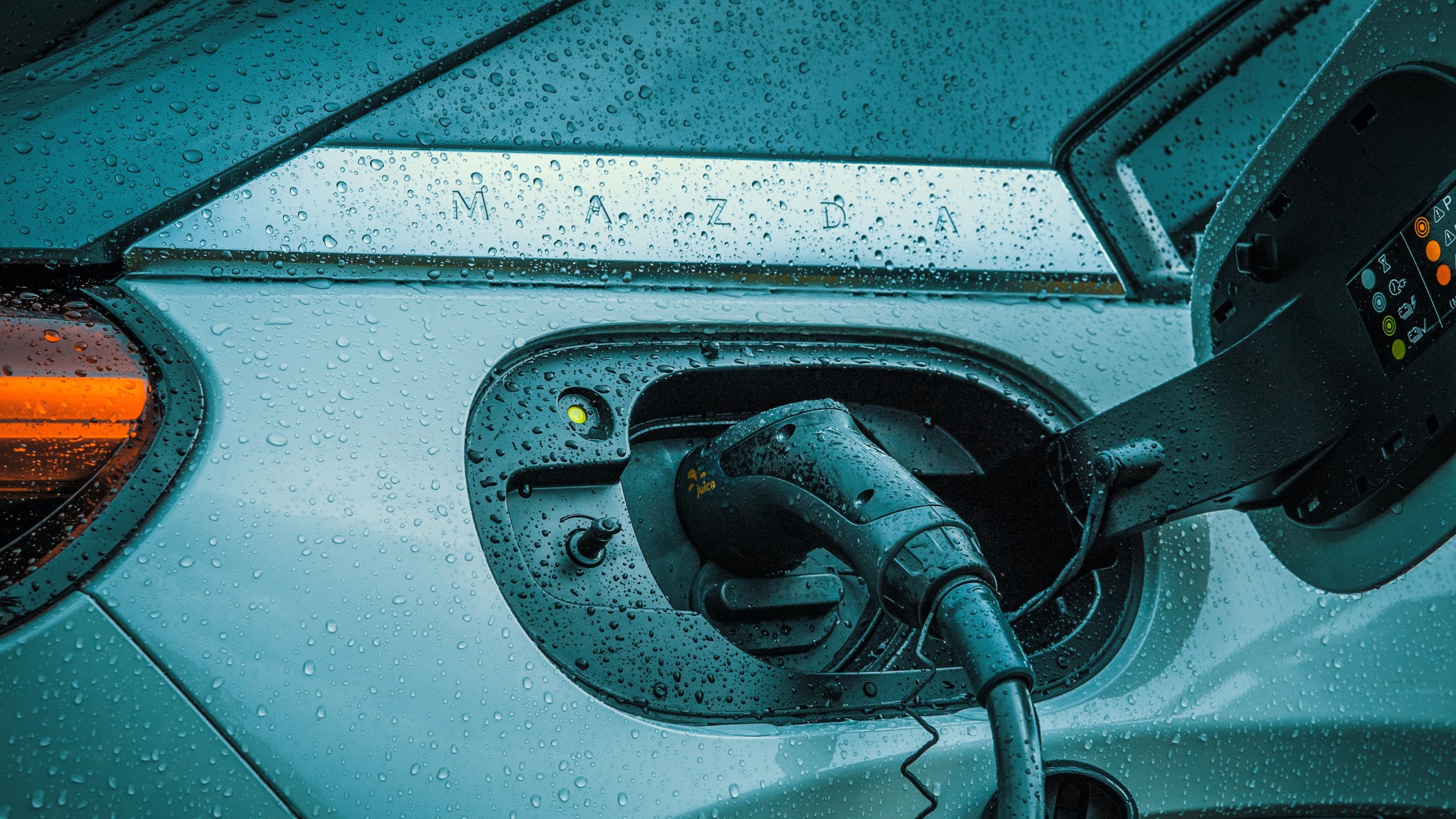
Most recent
Mazda has been reluctant to release dedicated EV models. Can it ramp up fast enough to survive the switch to electric vehicles?
Mazda has been reluctant to board the electric vehicle revolution, cranking out internal combustion powered vehicles as if nothing happened. Just as recently as February 2023, president and CEO of Mazda USA, Jeffrey Guyton, told Green Car Reports that longer range EVs weren’t the future, commenting that consumers will realize that long range isn’t the end all be all for electric vehicles. The confidence at which Mazda keeps manufacturing fossil fuel powered cars, raises the question whether the Japanese brand will be part of an electric vehicle future or become a distant memory of a bygone era.
Mazda MX-30 flop
In 2016, the CEO of Mazda, Masamichi Kogaim, said the company would launch its first electric vehicle in 2019. The addition of electric vehicles to the manufacturers didn’t come from its own volition, but rather having to adjust to tightening domestic emissions regulations, the Wall Street Journal commented. A year later in September 2017, Mazda, Denso and Toyota agreed to a joint venture to develop, what is it described as, basic structural technologies for electric vehicles. In the announcement, Denso acknowledged that the market was rapidly changing, adjusting to greenhouse gas reductions. The joint venture was proof of Mazda trying to find the necessary partners to develop its first EV.
In September 2019, the company announced it would unveil its first mass-production EV during the Tokyo Motor Show. A few months later, in October 2019, it finally happened, with Mazda unveiling its MX-30. Mazda prided itself by focusing on the vehicle’s artistic aesthetic and integration of the company’s core values. Mazda’s Representative Director, Akira Marumoto, praised the company’s efforts, saying, “We will continue striving to deliver creative products and technologies so our customers will love and hold onto their Mazda for a long time.” Noting that it wants its customers to experience life’s exuberant moments through its vehicles. Unfortunately, as much as Mazda touted its own excellence, once the MX-30 shipped to the dealer, its reception was less than stellar.
In March 2021, Alex Ingram at Auto Express, rated the vehicle a 3 out of 5 stars, praising the vehicles design, but being disappointed with the vehicles charging capacity and range, which were far below rivaling products. Charging went at a snail pace of 50kW through CCS, meaning the vehicle would be able to add 74 miles of range within 36 minutes. On the other end of the spectrum was Volkswagen’s ID.3, who could add 235 miles of range over the same period. An obvious defeat for the MX-30.
The poor reception and performance of the car don’t sound as alien when considering the team behind the vehicle have jumped through many hoops to make it as unappealing as possible. Two years prior, in December 2019, Director and deputy general manager for R&D at Mazda Europe, Christian Schultze, commented that the smaller battery, leading to the poor range, was in actuality a sensible choice, as fitting a larger battery would result in high CO2 emissions. The higher battery consumption would require more electricity and replacing such a pack would add another batch of emissions. Diesel therefore, were better for the environment.
As icing on the cake, engineers at Mazda have also limited torque delivery from the electric motors of the MX-30 to make the vehicle less frenetic and make its handling resemble that of an internal combustion vehicle. All these factors combined suggest Mazda has been mostly concerned by portraying electric vehicles as the least sensible option, in terms of performance and environmental impact. Praying the vehicle would flop and safeguard its internal combustion supply chain. However, years after the announcement of the MX-30, someone at Mazda saw the light.
Mazda EV investments
The failure of the MX-30 to make a dent in the EV market, might have served as the trigger for Mazda to finally take decisive action. In November 2022, Mazda announced it would invest $10.6 billion in order to build an EV-fleet. Through the investment package it wants to ramp EV sales, aiming to increase the share of EV sales to 40 percent of its global sales volume by 2030. The investment is part of a three phase approach to prepare the company toward its first fully electric vehicle release by 2028. The second phase of its plan would go into effect between 2025 and 2027, which will serve as the ramp-up to expanding its EV line-up.
Mazda declined to comment on the actual investment timeline. In a statement cited by Reuters, the Japanese automaker said, “We will promote the full-fledged launch of battery EVs and consider investing in battery production. We estimate Mazda’s EV ratio in global sales to rise to a range between 25% and 40% as of 2030.” This is an increase from its previous target set at 25 percent by that same year.
Despite the multi-billion announcement, the reluctance to invest solely in EVs remained. In January 2023, the European CEO of Mazda, Martijn ten Brink, called the European ban on internal combustion vehicles sales by 2035 a disgrace, proclaiming it a failure by politicians. Ten Brink explained to Top Gear, “I have a problem with the fact that they’ve (the politicians) decided how to get there. And that is only electric.” In the context of Mazda’s failure to put anything meaningful to market, the comments made by ten Brink seem more a cry for help, than an actual attempt to resolve its near inevitable demise in Europe.
Ten Brink comments that Japanese brands have been focussing on diversification through the adoption of hydrogen cars, which are largely absent in today’s market and biofuels, which are but a tool for large corporations to greenwash their operations and shift the blame to consumers. He further embarrassed himself by comparing the ban to the mandatory USB-C standard for mobile phones, which in his view spelled the end of creativity.
Mazda goes electric
In June 2023, during an interview with Kyodo News, CEO at Mazda, Masahiro Moro, said the company would launch its electric-vehicle-only model in 2027, as part of its pivot toward electrification of its fleet. The model would become the first vehicle that is solely meant to have an electric drivetrain, an evolution of its repurposed MX-30, which sported a hybrid and full electric drivetrain. The development of its EV models would be supported by the Toyota Motor Corp., who would supply high-quality electric control equipment necessary for its vehicles.
In the same month, Mazda announced it had entered discussions to explore a possible partnership with Panasonic Energy Co., Ltd. to create the necessary supply chains to meet EV battery demand. Panasonic is one of the largest lithium-ion battery manufacturers in the world, with a global market share of 7.1 percent, hence an interesting partner for Mazda. In case of a partnership, Panasonic will be supplying automotive cylindrical lithium-ion batteries manufactured in its plants in the United States and Japan. Partnering with a large supplier such as Panasonic, will allow Mazda to swiftly adapt to the changing market landscape. In theory.
In the joint press release, President and CEO of Panasonic Energy, Kazuo Tadanobu, commented, “As the automotive industry rapidly advances electrification and is leading in this technology, collaboration with Mazda will be a major step toward the achievement of our mission of realizing a society in which the pursuit of happiness and a sustainable environment are harmonized.” Highlighting the superior technology provided by Panasonic, which, through Mazda, would further accelerate its mission toward zero emissions.
A clear sign of its shift and commitment toward building a dedicated EV-fleet, was scrapping its MX-30 model. In July 2023, the Mazda MX-30 was scrapped for the U.S. market, enjoying a brief life of two years. The funky looking car sported a range of only 100 miles, which at the time of its release, was already outdated. Car and Driver noted the vehicle was already doomed from the start. Its stylish outward package couldn’t compensate for its 100-mile projected range, resulting in only 571 vehicles sold since its introduction.
Japanese brands fall behind
Mazda’s reluctant attitude toward electric vehicles isn’t a standalone. Industry giant Toyota has been betting on hydrogen for decades, releasing disappointing electric vehicles that fail to live up to its competitors. Toyota is the symbol for an automobile industry failing to adapt to a changing mobility landscape. Adding insult to injury, with the few EV options Japanese brands had to offer such as Toyota’s bz4x, they failed to even reach the top twenty in terms of electric vehicle sales. Tesla remained far ahead of every competitor, selling an upward of 1.3 million units and Toyota able to ship a meager 24,000. A complete disgrace for the world’s largest automaker.
In April 2023, The Economist reported on the inability for the Japanese auto industry to adapt to this new reality. The magazine points out that, while throughout the world, EV sales were seeing record growth, Japan has yet to witness a shift in its fleet. In 2022, battery-powered electric vehicles and plug-in hybrids (PHEVs) represented 13 percent of total sales, but in Japan, this number only reached 2 percent. A far cry of where the global vehicle market was heading. Companies such as Toyota are trying to ramp up production, aiming to ship 1.5 million EVs by 2026. Honda wants to have 30 EV models available by 2030, partnering with Sony to create an appealing option filled to the brim with cutting edge technology.
In October 2023, Reuters reported that the Japanese brands had shifted gears, trying to rebrand itself to a new market dominated by Chinese brands such as BYD, NIO and Tesla, with German brands catching up quickly. Despite the fanfare for the upcoming motor show, Japanese brands mostly limit themselves by presenting concepts that are yet to hit the market. Head of equity research at SBI Securities, Koji Endo, told Reuters that smaller carmakers are struggling to keep up with large manufacturers such as Honda and Toyota who at least have the growing profits to keep them afloat.
Momentum might soon slow down as Japanese brands are seeing falling sales in China, which in the past have been fertile ground for companies such as Nissan and Mitsubishi. These established brands are now losing market share to Chinese brands, who, through EV line-ups and competitive pricing, are gathering huge followings from domestic audiences. Japanese brands can also rely less on its domestic market. Not because the vehicles are being pushed out by competitors, but mostly due to demographic shifts that are happening across Japan. The population is shrinking as it becomes older, leaving less young people to purchase new vehicles.
Rapid adjustment
The outlook for Mazda doesn’t look bright. Its first lackluster attempt to release an electric vehicle was no match for its rivals, who were releasing vehicles that had superior range and charging speeds, and through each iteration the gap is widening. Judging from its stance toward EVs and its love for internal combustion vehicles, we might even speculate that Mazda didn’t want to partake in this arms race. Hence, the MX-30 was nothing more than Mazda needing a vehicle to not be locked out of the market by policymakers who demand a cleaner vehicle line-up.
Does this mean that Mazda is completely out of the EV race and it should just close up shop? That’s too early to tell. In recent years Mazda has come to realize that internal combustion vehicle’s aren’t here to stay for much longer. If it wants to be part of the automarket of tomorrow, it must adjust course and invest billions into electric drivetrains. Whether top executives at the company agree or not, as global markets are shifting rapidly, it has no choice but to adapt.
Further reading
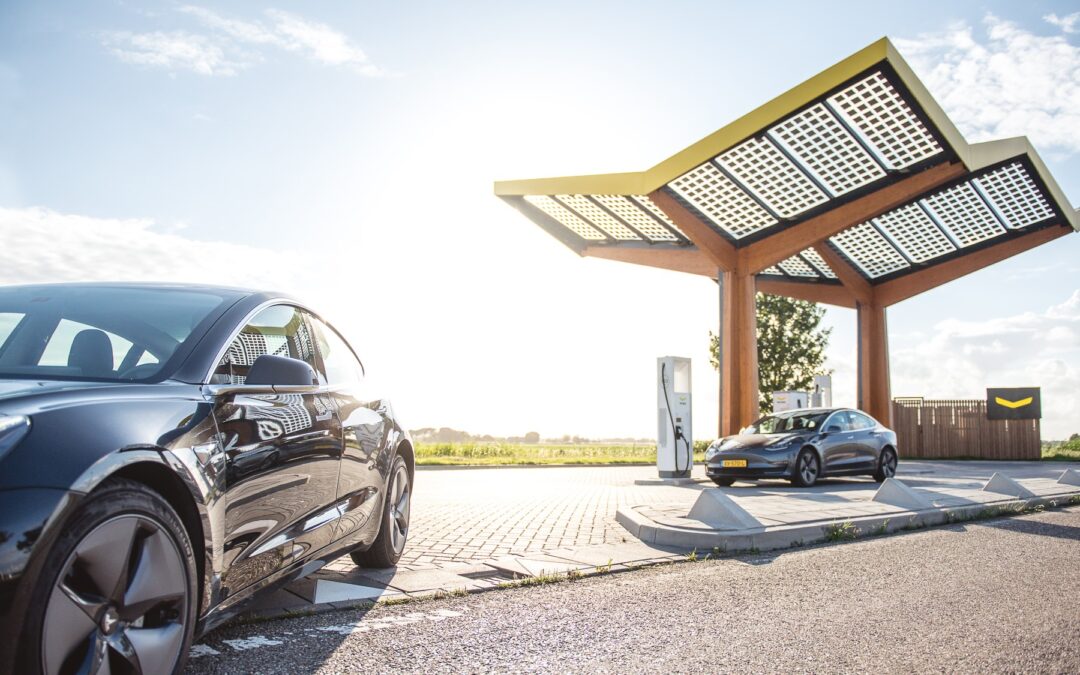
Can Fastned compete with IONITY?
Dutch EV charging start-up Fastned is rapidly expanding across Europe, but is able to keep up with its main competitor...
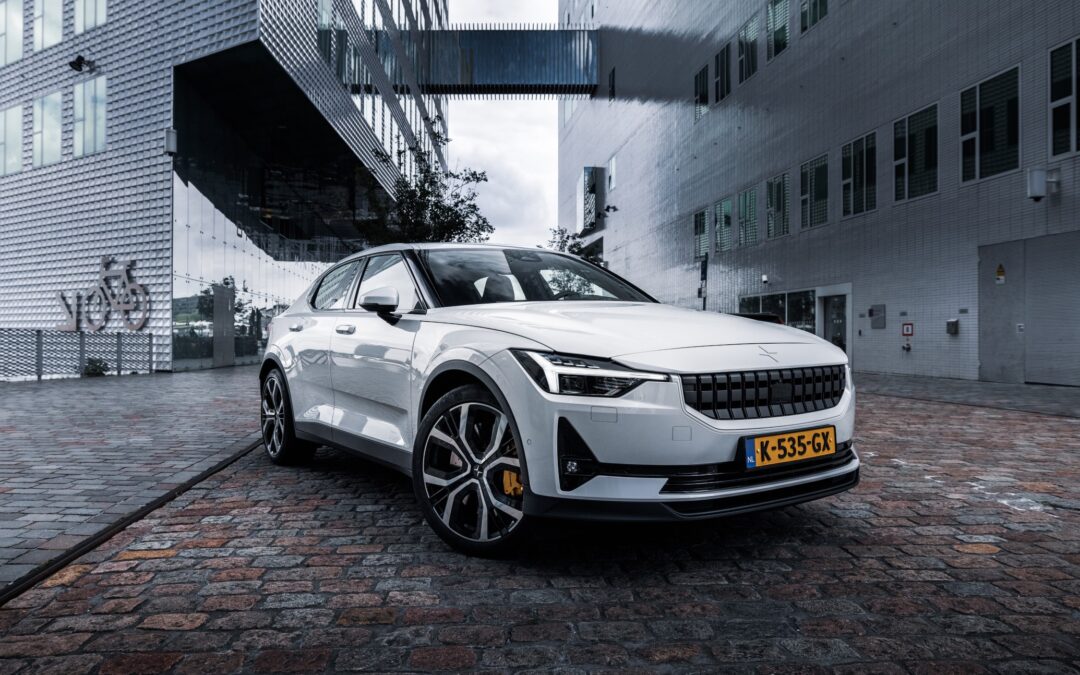
How Polestar wants to make the cleanest EV
Through unprecedented dedication, is EV-start-up Polestar trying to decarbonize its entire supply chain. ...
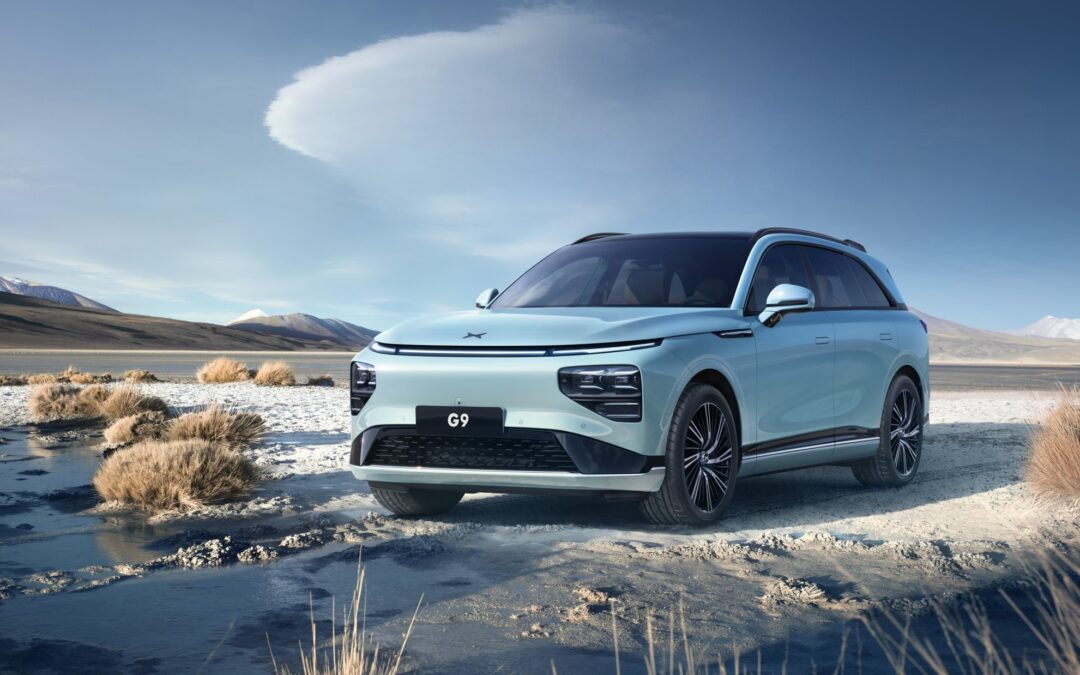
Can XPENG conquer the EV market?
Chinese EV startup XPENG has set its sights on conquering the electric vehicle market. With varying success. ...
Most recent

How Myanmar lost 30% of its forest in 30 years
Myanmar is seeing deforestation rates increase rapidly. In the last three decades, the country already lost 30 percent...
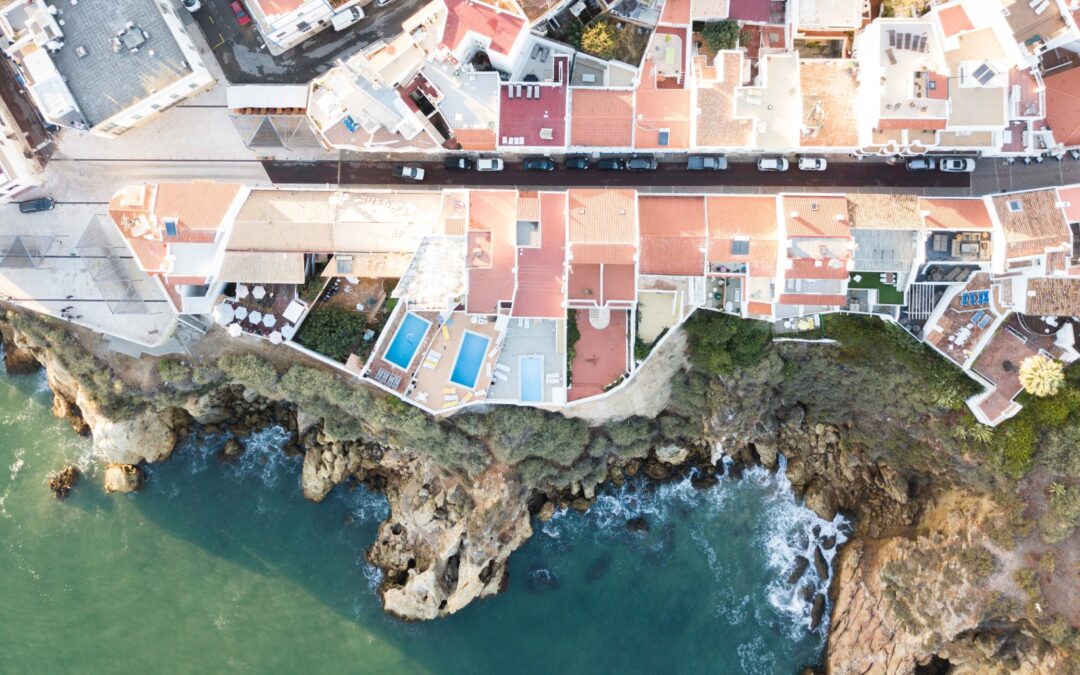
Portugal’s struggle to part with fossil fuels
Portugal is heavily reliant on fossil fuels and its love affair with the fossil fuel industry makes transitioning to...

Climate change spells uncertain future for winemakers
Winemakers ride into an uncertain future as climate change spells greater uncertainty for their businesses. Climate...


